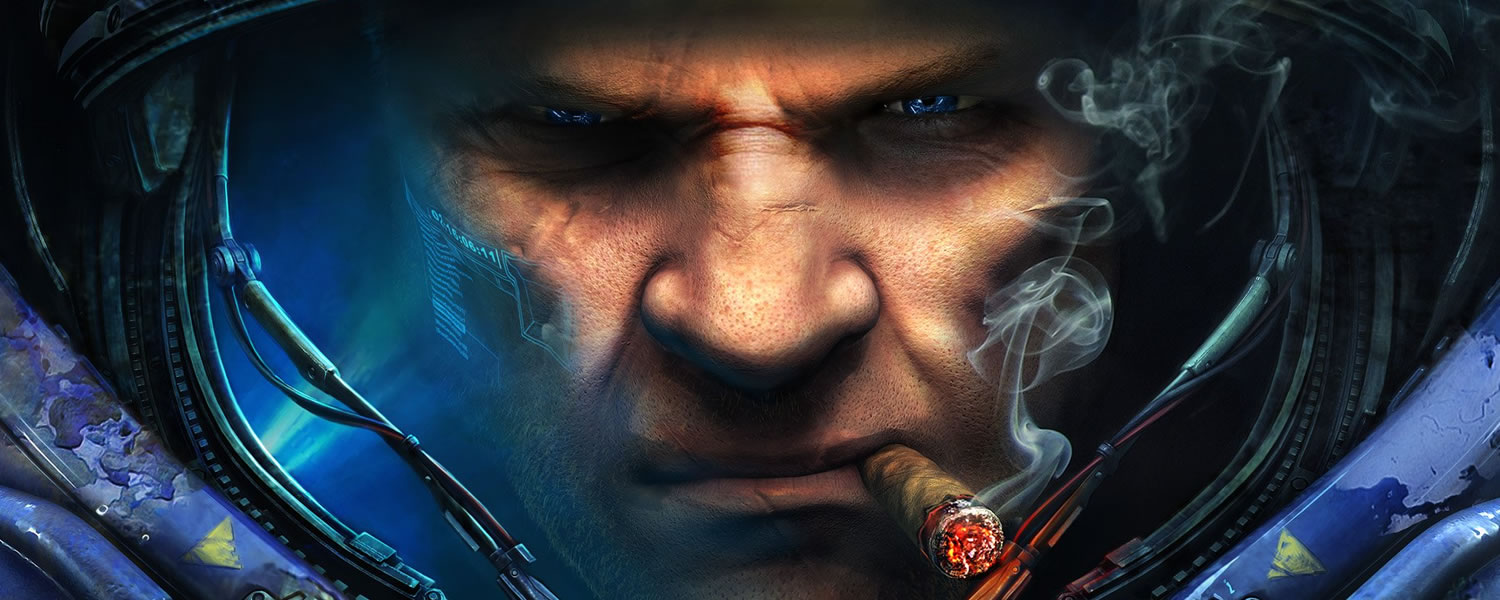Final Thoughts
The intention of testing 4v4 gameplay was to look for the worst case performance scenario on StarCraft II: Wings of Liberty. Gamers have little to fear on the GPU front as this is not a game that challenges the latest graphics cards. We found that even older, previous generation cards such as the GeForce GTX 260 and even the Radeon HD 4870 are good enough to tackle the most demanding aspects of this game.
At 1920x1200 using the ultra quality settings, anything faster than the old GeForce GTX 260 is a little pointless and that's saying a lot in our opinion. For those better used to extreme resolutions, the newly released GeForce GTX 460 graphics card appears to be the ultimate weapon in StarCraft II. This card was able to match the GeForce GTX 480 and Radeon HD 5870 graphics cards even at 2560x1600. Therefore we can safely and happily conclude that you won't need to spend over $200 to enjoy StarCraft II in all of its glory at any resolution.
When it comes to picking the right CPU for this game things become a little trickier. Generally when testing first person shooters we find that a budget quad-core processor will deliver similar performance than a more expensive high-end model, such as the Core i7 920. However real-time strategy games are often more demanding on the CPU side and StarCraft II is no exception.
The problem lies in that StarCraft II will only utilize two cores and as a result a Phenom II X4 965 will not be any faster than a Phenom II X2 555. This proved to be a real issue for older quad-core processors like the Core 2 Quad Q6600, which delivered very poor performance even when overclocked to 3.0GHz. When testing we found that a minimum frame rate of 30fps was ideal, sadly the Q6600 only allowed for a minimum frame rate of 22fps when coupled with the mighty GeForce GTX 480.
CPU clock speeds and thus overclocking can help enhancing StarCraft II performance considerably. We saw a whopping 32% performance increase when boosting the frequency of our Core i7 920 processor from the stock 2.66GHz to 3.70GHz, a 39% overclock. The Core i5 750 produced a massive 40% gain in average frame rates from a similar overclock, which is incredible.
Therefore while it is possible to enjoy StarCraft II on its entirety with a budget-minded graphics card, ideally you will want to spend at least $200 on a Core i5 750 processor and then some.
There are a few other things we would like to see improved besides support for multi-core processors. Blizzard really needs to include anti-aliasing support as forcing it on with the Nvidia cards cleans up the visuals, especially at the lower resolutions. Something else we would like to see is multi-GPU support, although we know this mostly depends on the graphics drivers. While it can be argued that right now this is not needed, it could be useful for those with a pair of older and slower graphics cards, as well as for diminishing the impact of anti-aliasing.
Finally, on a more personal note, I would like to say that Blizzard's move to eliminate LAN support is not very intelligent and has potentially ruined a fun aspect of the game. A perfect example was launch day and the following morning where I was unable to connect to Battle.net without randomly being booted. To play with a friend that could be sitting right next to me, we must both connect to Battle.net and with the service down this was simply not possible.
Update: ATI has succumbed to the pressure and released a new set of Catalyst beta drivers that add anti-aliasing support for StarCraft II.
